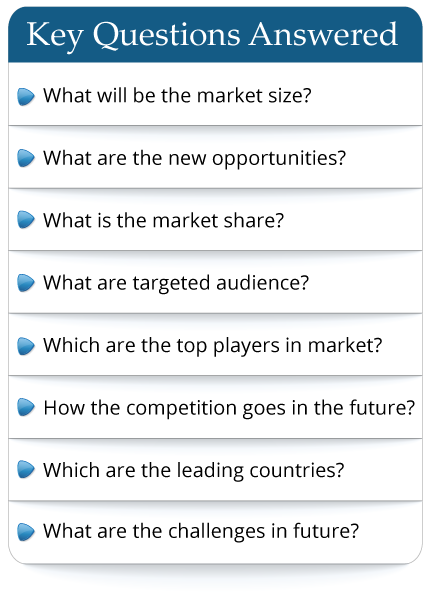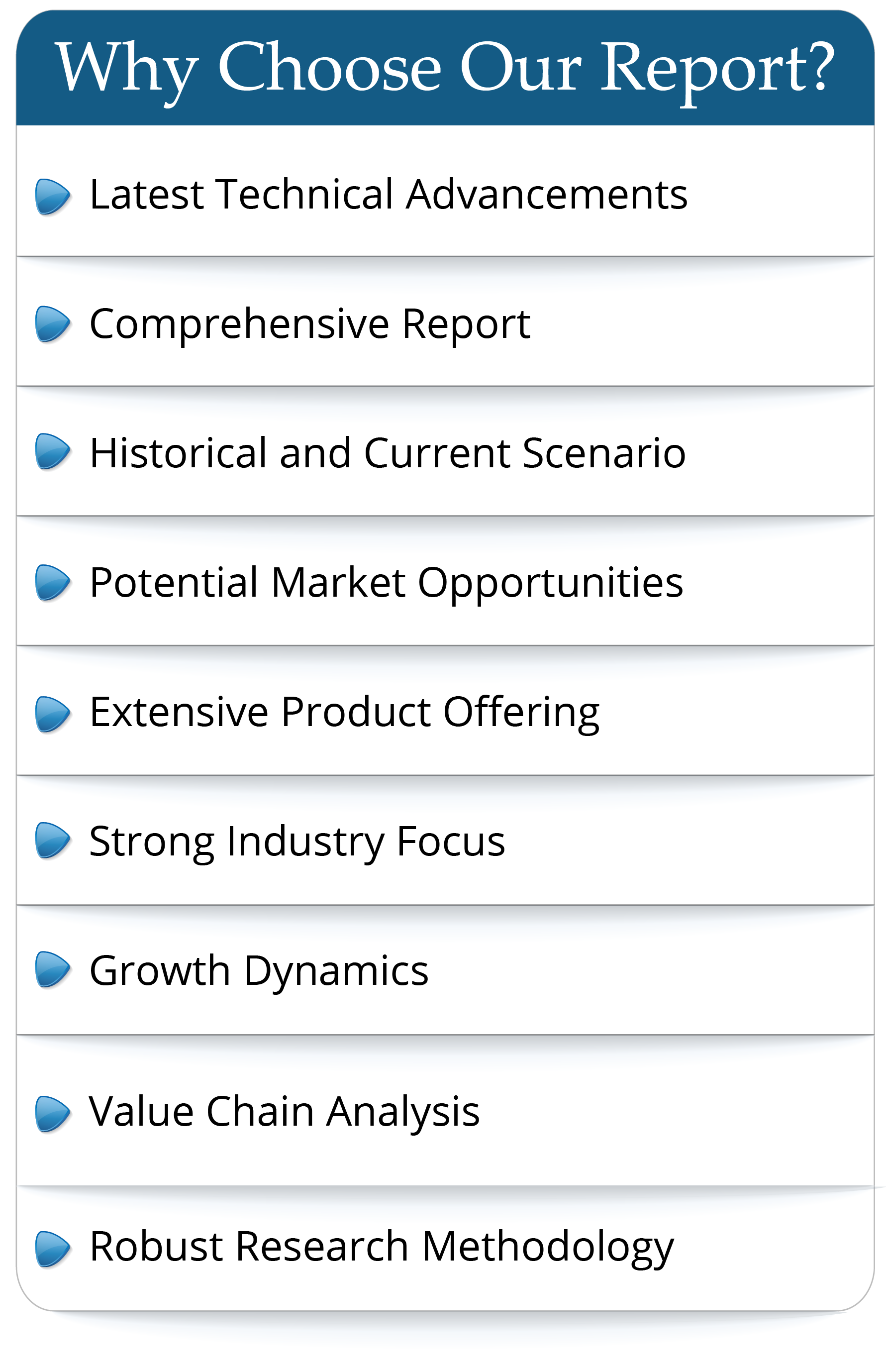Handling robots are industrial robots that can perform automated handling operations. It is widely used in machine tool loading and unloading, automatic production line of stamping machine, automatic assembly line, palletizing handling, automatic handling of containers, etc. Some developed countries have formulated the maximum limit for manual handling, and the excess must be done by handling robots.
The global Robot for Material Handling market was valued at US$ 7613 million in 2023 and is anticipated to reach US$ 9717.7 million by 2030, witnessing a CAGR of 3.6% during the forecast period 2024-2030.
North American market for Robot for Material Handling is estimated to increase from $ million in 2023 to reach $ million by 2030, at a CAGR of % during the forecast period of 2024 through 2030.
Asia-Pacific market for Robot for Material Handling is estimated to increase from $ million in 2023 to reach $ million by 2030, at a CAGR of % during the forecast period of 2024 through 2030.
The major global manufacturers of Robot for Material Handling include FANUC, KUKA, ABB, Yaskawa, Nachi, Kawasaki Robotics, Comau, EPSON Robots and Staubli, etc. In 2023, the world's top three vendors accounted for approximately % of the revenue.
This report aims to provide a comprehensive presentation of the global market for Robot for Material Handling, with both quantitative and qualitative analysis, to help readers develop business/growth strategies, assess the market competitive situation, analyze their position in the current marketplace, and make informed business decisions regarding Robot for Material Handling.
Report Scope
The Robot for Material Handling market size, estimations, and forecasts are provided in terms of output/shipments (K Units) and revenue ($ millions), considering 2023 as the base year, with history and forecast data for the period from 2019 to 2030. This report segments the global Robot for Material Handling market comprehensively. Regional market sizes, concerning products by Type, by Application, and by players, are also provided.
For a more in-depth understanding of the market, the report provides profiles of the competitive landscape, key competitors, and their respective market ranks. The report also discusses technological trends and new product developments.
The report will help the Robot for Material Handling manufacturers, new entrants, and industry chain related companies in this market with information on the revenues, production, and average price for the overall market and the sub-segments across the different segments, by company, by Type, by Application, and by regions.
Market Segmentation
By Company
FANUC
KUKA
ABB
Yaskawa
Nachi
Kawasaki Robotics
Comau
EPSON Robots
Staubli
Omron
DENSO
OTC Daihen
Toshiba
Mitsubishi Electric
Universal Robots
Hyundai Robotics
Siasun
Anhui EFFORT Intelligent Equipment
Estun Automation
Guangzhou CNC Equipment
STEP Electric Corporation
Segment by Type
Articulated Material Handling Robots
SCARA Material Handling Robot
Parallel Material Handling Robot
Segment by Application
Automotive
Chemical, Rubber and Plastic
Electrical and Electronics
Metal and Machinery
Food, Beverages and Pharmaceuticals
Others
Production by Region
North America
Europe
China
Japan
Consumption by Region
North America
United States
Canada
Europe
Germany
France
U.K.
Italy
Russia
Asia-Pacific
China
Japan
South Korea
China Taiwan
Southeast Asia
India
Latin America, Middle East & Africa
Mexico
Brazil
Turkey
GCC Countries
Chapter Outline
Chapter 1: Introduces the report scope of the report, executive summary of different market segments (by region, by Type, by Application, etc), including the market size of each market segment, future development potential, and so on. It offers a high-level view of the current state of the market and its likely evolution in the short to mid-term, and long term.
Chapter 2: Detailed analysis of Robot for Material Handling manufacturers competitive landscape, price, production and value market share, latest development plan, merger, and acquisition information, etc.
Chapter 3: Production/output, value of Robot for Material Handling by region/country. It provides a quantitative analysis of the market size and development potential of each region in the next six years.
Chapter 4: Consumption of Robot for Material Handling in regional level and country level. It provides a quantitative analysis of the market size and development potential of each region and its main countries and introduces the market development, future development prospects, market space, and production of each country in the world.
Chapter 5: Provides the analysis of various market segments by Type, covering the market size and development potential of each market segment, to help readers find the blue ocean market in different market segments.
Chapter 6: Provides the analysis of various market segments by Application, covering the market size and development potential of each market segment, to help readers find the blue ocean market in different downstream markets.
Chapter 7: Provides profiles of key players, introducing the basic situation of the main companies in the market in detail, including product production/output, value, price, gross margin, product introduction, recent development, etc.
Chapter 8: Analysis of industrial chain, including the upstream and downstream of the industry.
Chapter 9: Introduces the market dynamics, latest developments of the market, the driving factors and restrictive factors of the market, the challenges and risks faced by manufacturers in the industry, and the analysis of relevant policies in the industry.
Chapter 10: The main points and conclusions of the report.
The global Robot for Material Handling market was valued at US$ 7613 million in 2023 and is anticipated to reach US$ 9717.7 million by 2030, witnessing a CAGR of 3.6% during the forecast period 2024-2030.
North American market for Robot for Material Handling is estimated to increase from $ million in 2023 to reach $ million by 2030, at a CAGR of % during the forecast period of 2024 through 2030.
Asia-Pacific market for Robot for Material Handling is estimated to increase from $ million in 2023 to reach $ million by 2030, at a CAGR of % during the forecast period of 2024 through 2030.
The major global manufacturers of Robot for Material Handling include FANUC, KUKA, ABB, Yaskawa, Nachi, Kawasaki Robotics, Comau, EPSON Robots and Staubli, etc. In 2023, the world's top three vendors accounted for approximately % of the revenue.
This report aims to provide a comprehensive presentation of the global market for Robot for Material Handling, with both quantitative and qualitative analysis, to help readers develop business/growth strategies, assess the market competitive situation, analyze their position in the current marketplace, and make informed business decisions regarding Robot for Material Handling.
Report Scope
The Robot for Material Handling market size, estimations, and forecasts are provided in terms of output/shipments (K Units) and revenue ($ millions), considering 2023 as the base year, with history and forecast data for the period from 2019 to 2030. This report segments the global Robot for Material Handling market comprehensively. Regional market sizes, concerning products by Type, by Application, and by players, are also provided.
For a more in-depth understanding of the market, the report provides profiles of the competitive landscape, key competitors, and their respective market ranks. The report also discusses technological trends and new product developments.
The report will help the Robot for Material Handling manufacturers, new entrants, and industry chain related companies in this market with information on the revenues, production, and average price for the overall market and the sub-segments across the different segments, by company, by Type, by Application, and by regions.
Market Segmentation
By Company
FANUC
KUKA
ABB
Yaskawa
Nachi
Kawasaki Robotics
Comau
EPSON Robots
Staubli
Omron
DENSO
OTC Daihen
Toshiba
Mitsubishi Electric
Universal Robots
Hyundai Robotics
Siasun
Anhui EFFORT Intelligent Equipment
Estun Automation
Guangzhou CNC Equipment
STEP Electric Corporation
Segment by Type
Articulated Material Handling Robots
SCARA Material Handling Robot
Parallel Material Handling Robot
Segment by Application
Automotive
Chemical, Rubber and Plastic
Electrical and Electronics
Metal and Machinery
Food, Beverages and Pharmaceuticals
Others
Production by Region
North America
Europe
China
Japan
Consumption by Region
North America
United States
Canada
Europe
Germany
France
U.K.
Italy
Russia
Asia-Pacific
China
Japan
South Korea
China Taiwan
Southeast Asia
India
Latin America, Middle East & Africa
Mexico
Brazil
Turkey
GCC Countries
Chapter Outline
Chapter 1: Introduces the report scope of the report, executive summary of different market segments (by region, by Type, by Application, etc), including the market size of each market segment, future development potential, and so on. It offers a high-level view of the current state of the market and its likely evolution in the short to mid-term, and long term.
Chapter 2: Detailed analysis of Robot for Material Handling manufacturers competitive landscape, price, production and value market share, latest development plan, merger, and acquisition information, etc.
Chapter 3: Production/output, value of Robot for Material Handling by region/country. It provides a quantitative analysis of the market size and development potential of each region in the next six years.
Chapter 4: Consumption of Robot for Material Handling in regional level and country level. It provides a quantitative analysis of the market size and development potential of each region and its main countries and introduces the market development, future development prospects, market space, and production of each country in the world.
Chapter 5: Provides the analysis of various market segments by Type, covering the market size and development potential of each market segment, to help readers find the blue ocean market in different market segments.
Chapter 6: Provides the analysis of various market segments by Application, covering the market size and development potential of each market segment, to help readers find the blue ocean market in different downstream markets.
Chapter 7: Provides profiles of key players, introducing the basic situation of the main companies in the market in detail, including product production/output, value, price, gross margin, product introduction, recent development, etc.
Chapter 8: Analysis of industrial chain, including the upstream and downstream of the industry.
Chapter 9: Introduces the market dynamics, latest developments of the market, the driving factors and restrictive factors of the market, the challenges and risks faced by manufacturers in the industry, and the analysis of relevant policies in the industry.
Chapter 10: The main points and conclusions of the report.
Frequently Asked Questions
This market study covers the global and regional market with an
in-depth analysis of the
overall growth prospects...
- By product type
- By End User/Applications
- By Technology
- By Region
The report provides a detailed evaluation of the market by
highlighting information on
different aspects including drivers, restraints...

 Pre-order Enquiry
Pre-order Enquiry Download Free Sample
Download Free Sample












